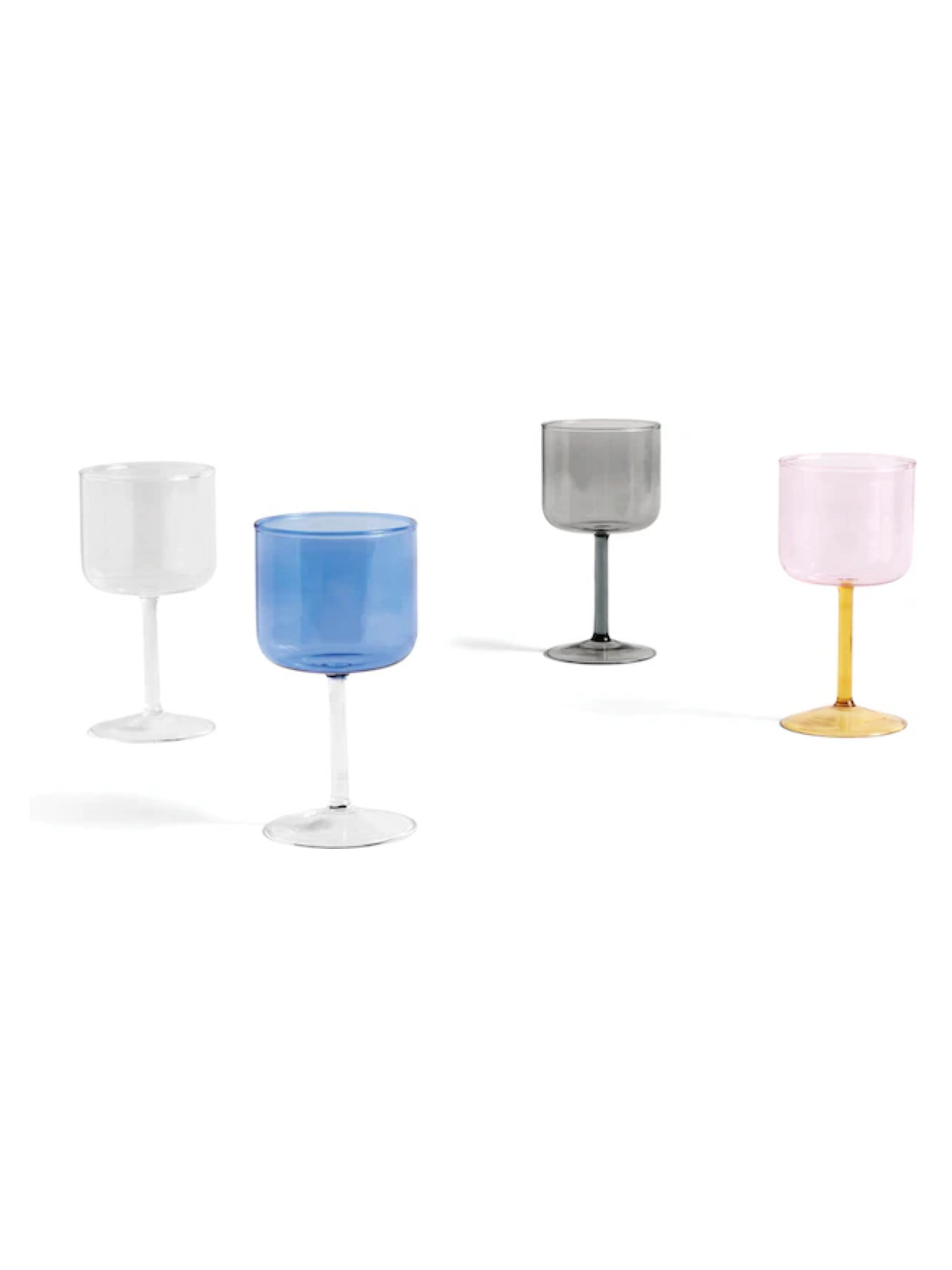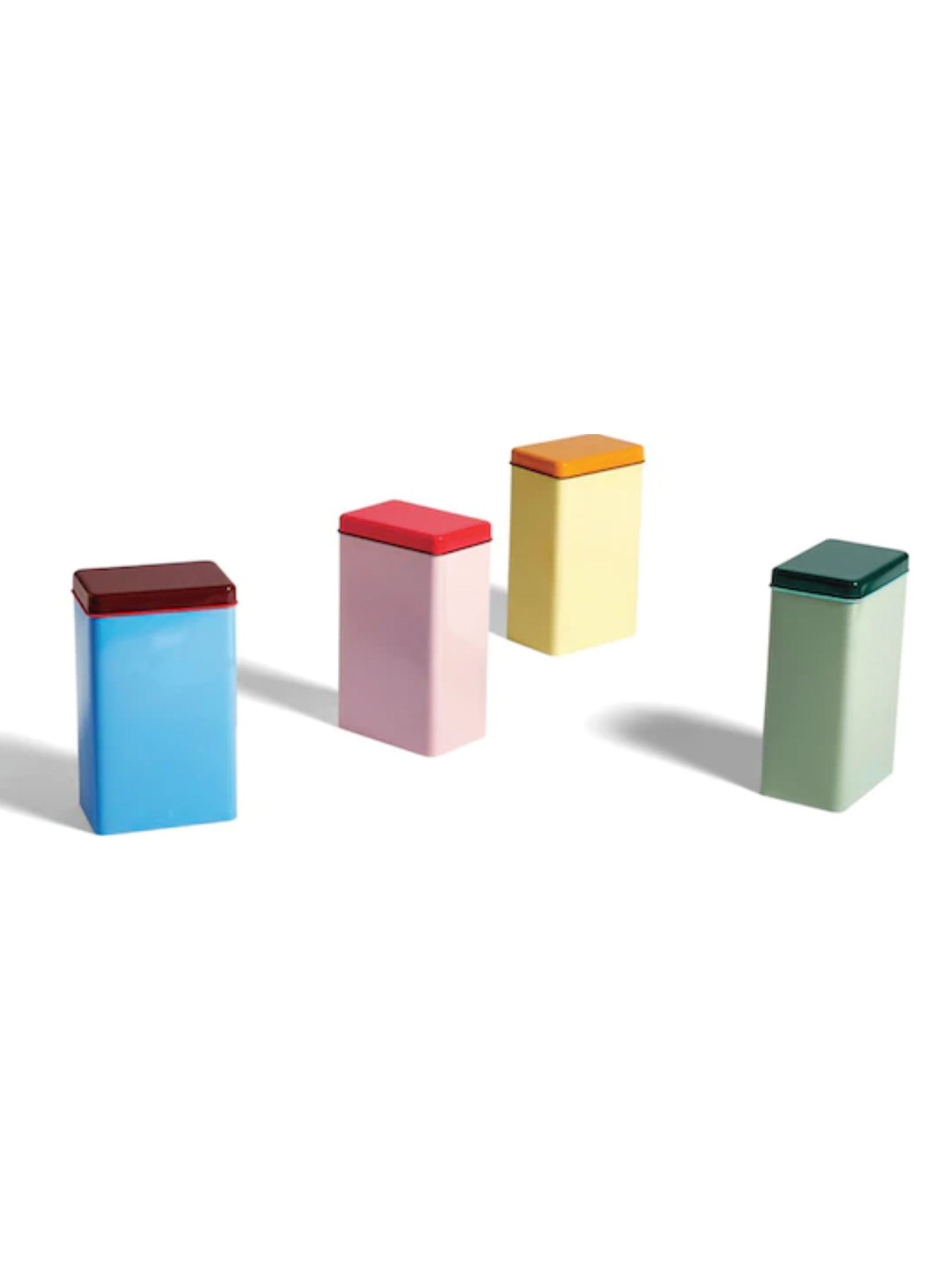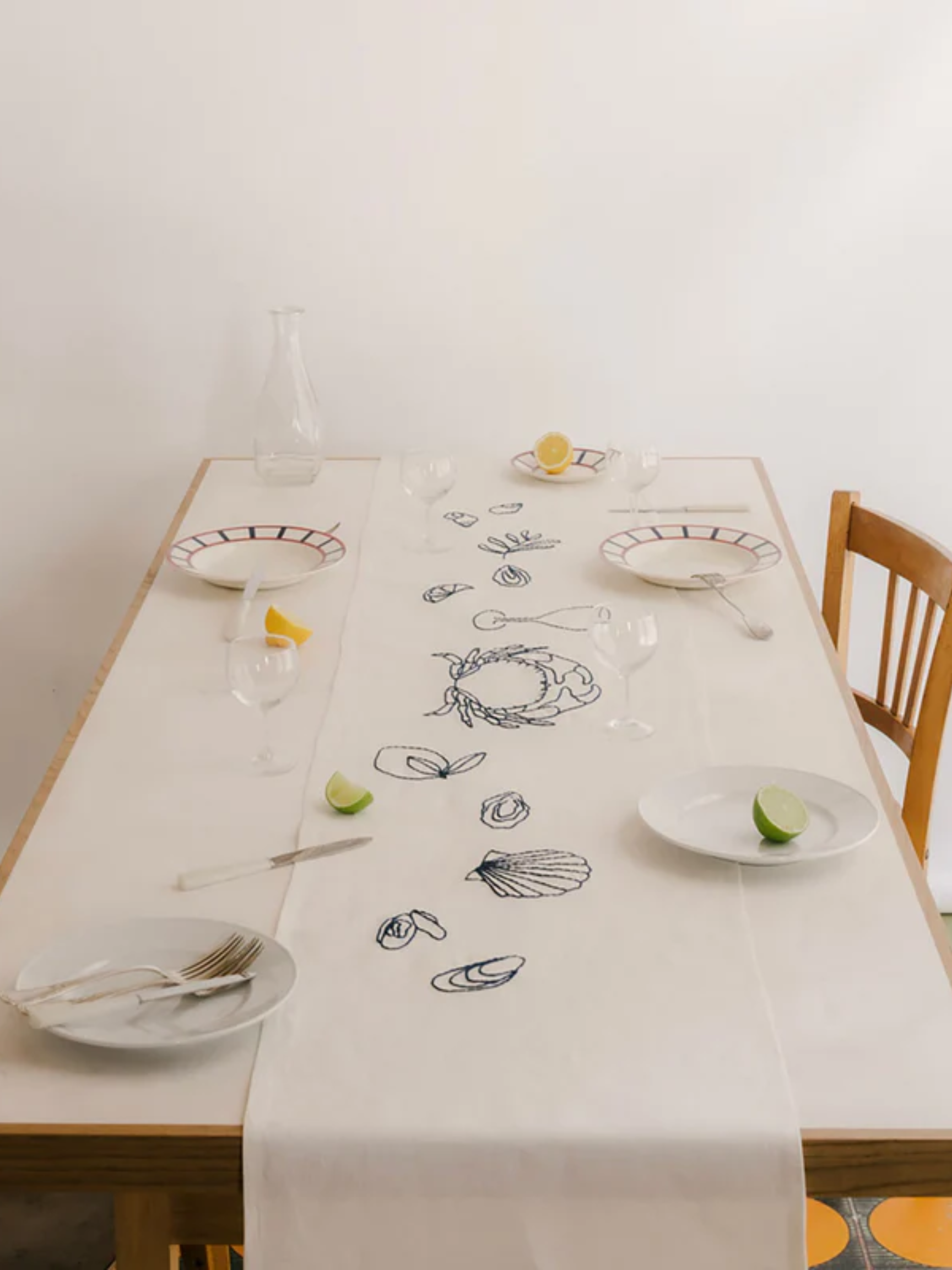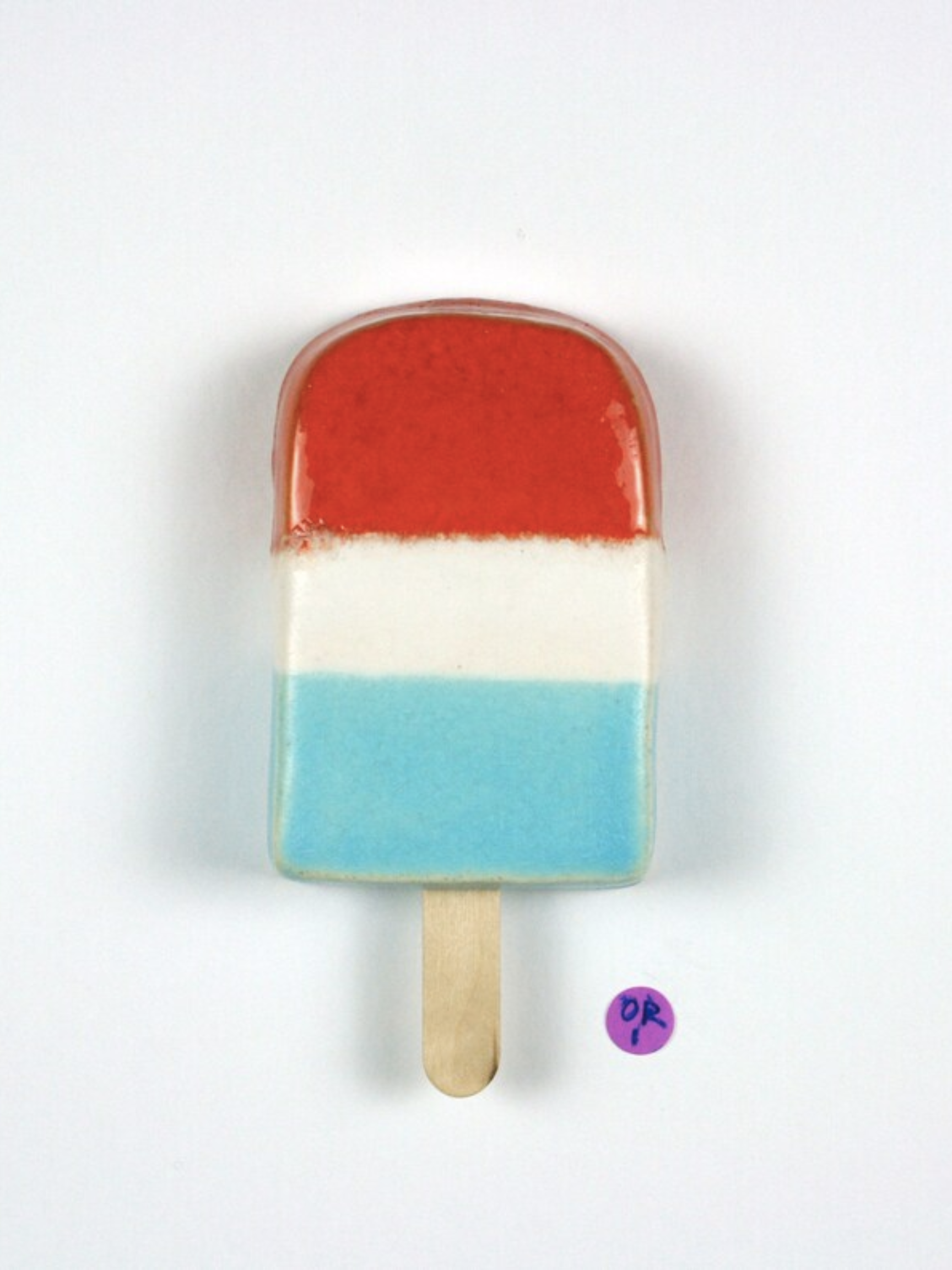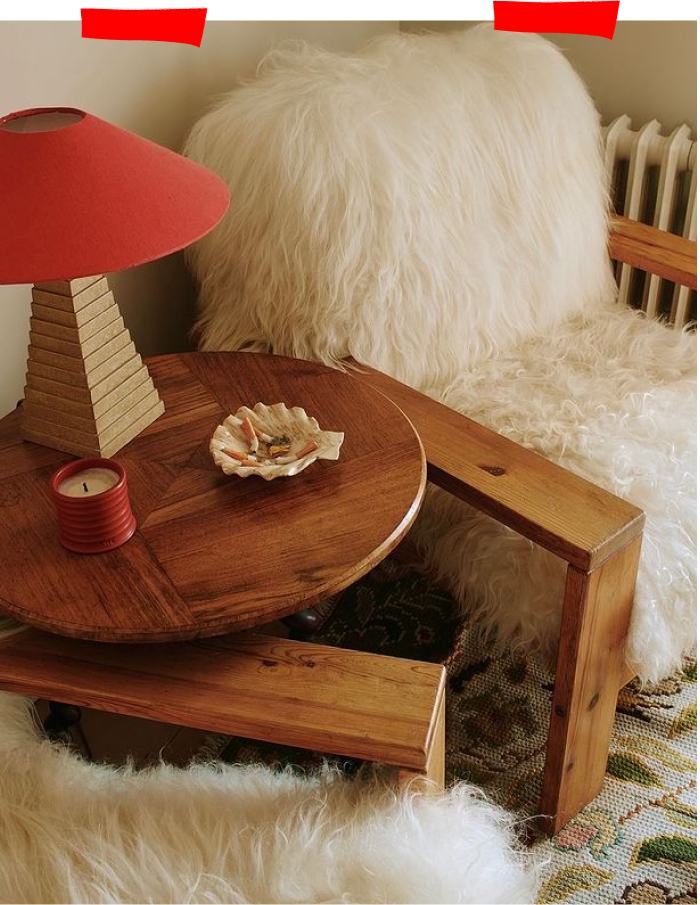The ART of Design
DESIGN STORIES
Even if you don’t own a world class collection of art, you can still bring ART! into your home decor — and not just on your walls. We look to the artists and art movements of the 20th Century. Their ideas and artistic styles can be a rich source of inspiration for interiors today.
Image: Dada Daily
De Stijl
De Stijl pushed art and design to total abstraction consisting of basic design elements, like vertical and horizontal lines and primary colors. Abstraction was seen as a language for the modern world, and thus the style feels most at home in clean, modern spaces.
Image: ‘Mobile‘, Alexander Calder; Composition VII (the three graces), by Theo van Doesburg; Women modeling The Mondrian collection of Yves Saint Laurent
In the design for her branded home concept, Lisa Perry punctuates an all white kitchen with primary hued objects in geometric shapes. It’s a contemporary nod to De Stijl without looking like pastiche.
Surrealism
Surrealism tapped into the unconscious mind to release the power of the imagination. The output was recurring motifs arising from the artist’s dreams or unconsciousness. The vivid imagery often turned conventional objects on their head by removing them from their everyday context.
Image: Lobster Telephone by Salvador Dalí; Portrait by Rene Magritte; Le Violon d'Ingres by Man Ray
Adding a surrealist-inspired object to a space subverts the viewer’s expectations and creates a good conversation piece. Designer Vincent Darré’s Parisian apartment features intriguing sculptures on the wall and on a coffee table that can’t help but make you look twice and smile.
Abstract Expressionism
For Abstract Expressionists, art was an expression of the self, full of emotion and meant to capture universal themes. The visual language was fields of color and abstract forms, and gestural or action painting (aka splatter painting). These bold strokes and movements lend themselves nicely as adornment for decorative objects.
Image: H-129 by Clyfford Still; Number 1A by Jackson Pollack; No. 22 (REDS) by Mark Rothko
A design object, made with expressionist techniques, can have a big visual impact, so tone it down by pairing with other solid color or go for a ‘more is more’ look matching with other patterned accents with similar colors. Take a page from Cabana Magazine which puts splatter paint with placemats and tablecloth that pick up on the red, yellow and blue dots.
Pop Art
The birth of Pop Art in the late 1950’s saw imagery from media and pop culture elevated into fine art. Commonplace manufactured objects, such as brillo boxes and Campbell’s soup, became “art” because the artist made them so. This fine art style in turn trickled down to influence design and commercial products.
Image: LOVE by Robert Indiana; Brillo Box by Andy Warhol; Boston Cremes by Wayne Thiebaud
If you don’t have the stomach to cover your walls in tin foil a la Warhol’s Factory studio, you can simply accent your home with a Pop Art objet – an object from ordinary life turned into a sculptural design. For instance, Lucy William decorates her side table with an Alma Berrow sculpture of an ashtray with cigarette butts.




